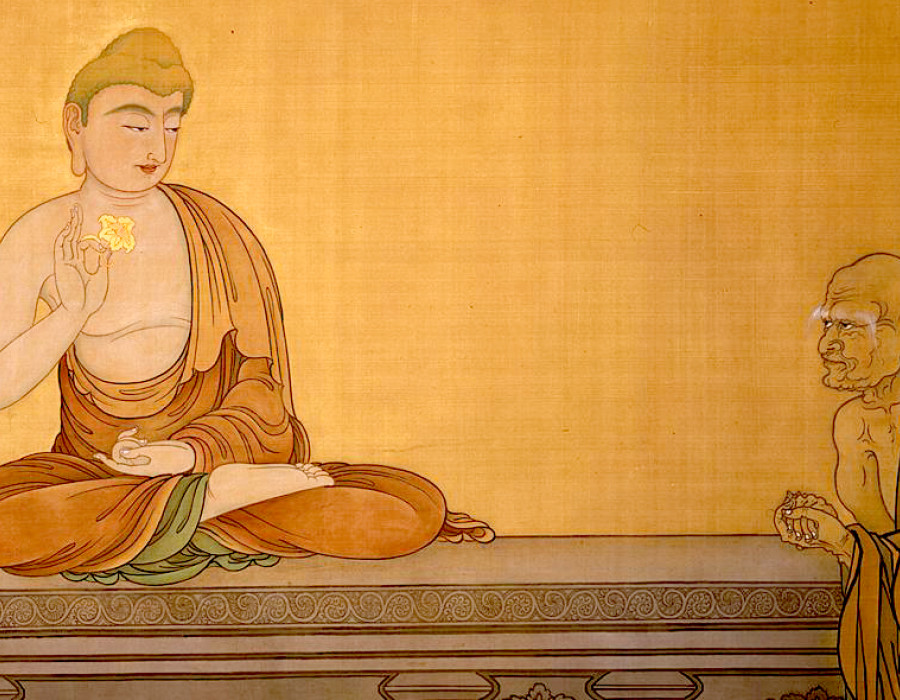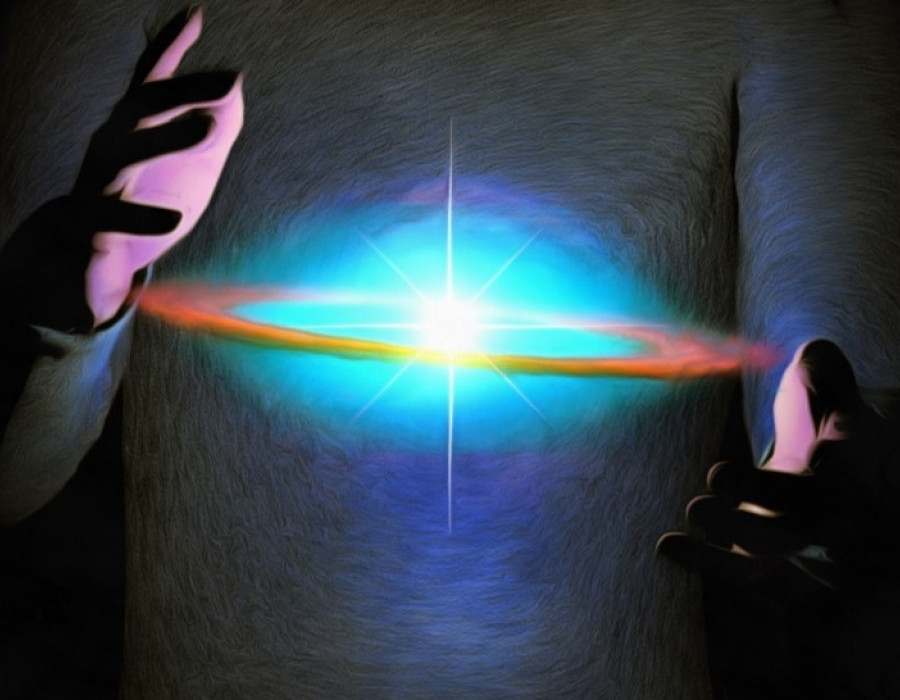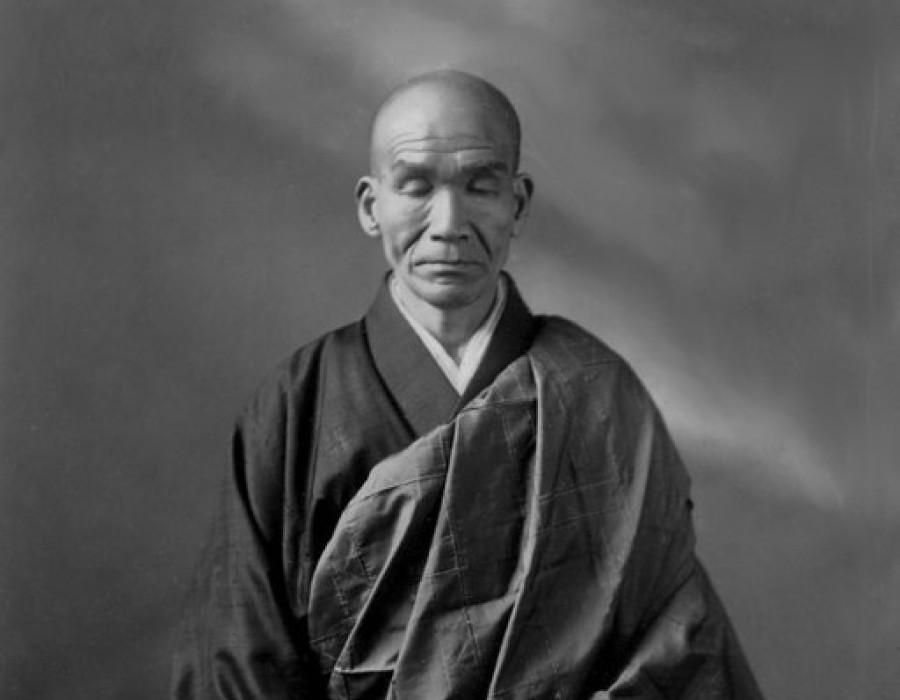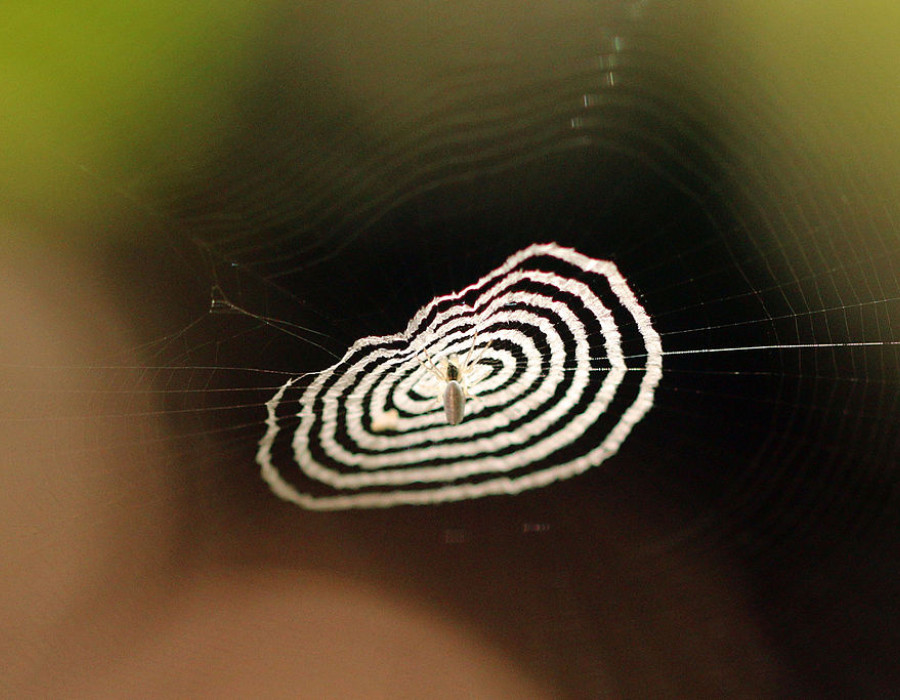
Martin Goodson
The Six Paramitas: 6. Wisdom
Exercises in mindfulness
Prajna (wisdom) is the ‘informing information’ inherent in all things
-2.jpg) ©
© Charles J. Sharp, CC BY-SA 4.0 <https://creativecommons.org/licenses/by-sa/4.0>, via Wikimedia Commons
‘Wisdom’ or PRAJNA as it is known in Sanskrit has a whole cycle of Mahayana sutras dedicated to it. These Wisdom sutras form some of the earliest Mahayana sutras and are the basis for one of the Great Indian Schools of Buddhism called the Madhyamaka or the Middle Way School founded by the second century sage Nagarjuna.
The Madhyamaka School no longer exists, but its influence has reverberated down through the centuries extending to all schools of Mahayana Buddhism. It gave rise to the profound teaching of Sunyata, or Radical Emptiness, which asserts that because of the interdependence of all things there is no self/other distinction anywhere. There is no separation of one thing from another and hence no I in reality.
This insight is summed up poetically by the Great Avatamsaka Sutra (Flower Garland Scripture), which proclaims that a whole universe is contained within a mote of dust. Yet the universe does not shrink to fit inside the mote of dust nor does the mote of dust expand to contain the universe. A classic Zen saying on this theme can be adapted for our own shores by saying:
“When the horses in Yorkshire eat grass; the cows in Devon get fat.”
The Heart Sutra is one of the most popular sutras in Mahayana Buddhism. It is widely used for chanting and is a distillation of the longer Wisdom Sutras. A short extract gives a flavour of this PRAJNA sutra.
“O Sariputra, all things (dharmas) are in themselves empty, neither coming to be nor ceasing to be, neither pure nor impure, neither increasing nor decreasing. Thus within emptiness there is no form, no feeling/sensation, no perceptions, no mental configurations, no consciousness.”
(The Daily Devotional Chants of the Zen Centre - pub. The Buddhist Society London)
This formula of negating the pairs of opposites is used deliberately to confound reason. In some mystical literature it is also called the clashing of opposites. It points to something beyond and we should remember that this is the meaning of the word Paramita: going beyond what I can know or understand.
When the Buddha awoke under the Bodhi tree he was puzzled as to what he could teach humanity. This was because he had seen PRAJNA and its very nature was too profound for speech. How can you teach what cannot be put into words? How can you show a mystery? In the end he preached the path that leads to his original insight and this forms the substance of the Buddha’s teachings.
I am by habit a grasper so I use the excellent faculty of reason not simply to understand how something might work but also to possess it. I go very quickly from understanding to controlling the thing that I just understood and thereby end up standing above and apart from it. This error in the way I see things quickly leads me to believe that I am above the laws of nature or outside the realm of cause and effect. I am constantly surprised and shocked when having once again acted impulsively I have to reap the consequences of my hasty actions.
Wisdom-Gone-Beyond is aware of the web of interconnectedness that binds us all. This wisdom is marked by a quality of openness to the present situation just as it is. In truth it is always present, but because of the strong attachment to ‘I’ there is only sporadic awareness of it.
Until a firm grounding in the first four Paramitas has been established and the discipline of meditation has been developed the awareness of Wisdom-Gone-Beyond slips away and is inevitably replaced with my opinions and views about things rather than clear seeing into things-as-they-are.
Underneath the surface level of ‘I & other’ - based consciousness lies a deeper stratum that is immanent, ever present, and that sees this inter-connected web because it is this web. This level of awareness has lots of names: Dharma, Buddha, Buddha-nature, Nature, Tao, Such-ness and so on. These are all labels, descriptions for something that goes beyond all conception and yet it isn’t remote but right before the eyes.
PRAJNA is the ‘informing information’ inherent in all things, as one Zen Master put it. Each moment it informs all beings and all circumstances. It informs the oak tree on being an oak tree, a dog on being a dog. Each thing has its ‘Way’ according to this Wisdom and so do we human beings. Alas, unlike our animal brothers and sisters we are blinded by the attachment to ‘I’ and thus are not aware of this informing human nature.
So true wisdom is not about acquiring anything. Rather it is about removing those obstructions that prevent the awareness of this ‘informing information’ that is older than the hills. To live in accord with this wisdom is to realise that we have always been on the Great Way.
Text copyright to The Zen Gateway
The Six Paramitas | Martin Goodson
Exercises in Mindfulness











